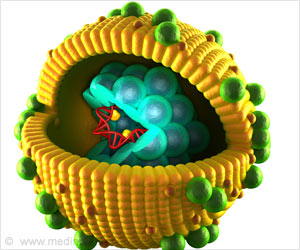Research conducted to better understand the mechanisms of micronutrient uptake, distribution, and regulation have led to findings that make engineering nutrient-rich plants more feasible.
Research conducted to better understand the mechanisms of micronutrient uptake, distribution, and regulation by Professor Mary Lou Guerinot has led to findings that make engineering nutrient-rich plants, better able to grow in soils considered marginal and also increasing crop biomass in soils now in cultivation, more feasible. The findings have been presented by Guerinot at the Annual Meeting of the American Society of Plant Biologists (ASPB) in the Hynes Convention Center, Boston.
Most people rely on plants for their dietary source of micronutrients. Therefore, plants engineered to be better sources of essential elements would offer humans improved nutrition. For example, over three billion people worldwide suffer from Iron and/or Zinc deficiencies. Food consumption studies suggest that doubling the Iron in rice can increase the Iron intake of the poor by 50 percent. Rice is a staple food in many of the countries with widespread Iron deficiencies in human diets.Guerinot's lab has previously identified the essential Iron transporter responsible for Iron uptake from the soil. This Iron transporter is IRT1. In addition to transporting iron, IRT1 can also transport Manganese, Zinc, Cobalt and Cadmium. Thus, any attempts to increase Iron uptake via IRT1 must consider the transport of unwanted substrates such as Cadmium.
Industrial, mining, and agricultural activities, particularly the excessive use of phosphate fertilizers, have led to high levels of Cadmium contamination at many locations worldwide. Utilizing DNA shuffling and heterologous expression in yeast, Guerinot and her colleagues isolated alleles of IRT1 that no longer facilitate the accumulation of Cadmium yet retain the crucial ability to transport Iron. When the engineered IRT1 alleles are expressed in plants that no longer express a wild type copy of IRT1, the engineered allele allows these plants to take up iron and renders them resistant to Cadmium. Transgenic seedlings have Cadmium levels similar to that of IRT1 loss of function plants, demonstrating that Cadmium transport through IRT1 has been eliminated. Furthermore, these plants have twice as much Iron as wild type plants when grown in the presence of Cadmium.
While the ability to quantify the amount of particular metals present in various plant tissues has proved very informative, Guerinot said she and her colleagues would also like to be able to see where the metals are distributed within various plant organs.
"We have used X-ray fluorescence microtomography to determine, in vivo, the spatial distribution of metals in Arabidopsis seed. Examination of various mutants is shedding light on which transporters influence the distribution of important nutrients such as Iron in the seed. Such information should aid the development of nutrient-rich seed, beneficially affecting human nutrition and health. This research should also lead to agronomic benefits such as increased seedling vigor, higher crop yields and resistance to disease," Guerinot said.
Source: Eurekalert





